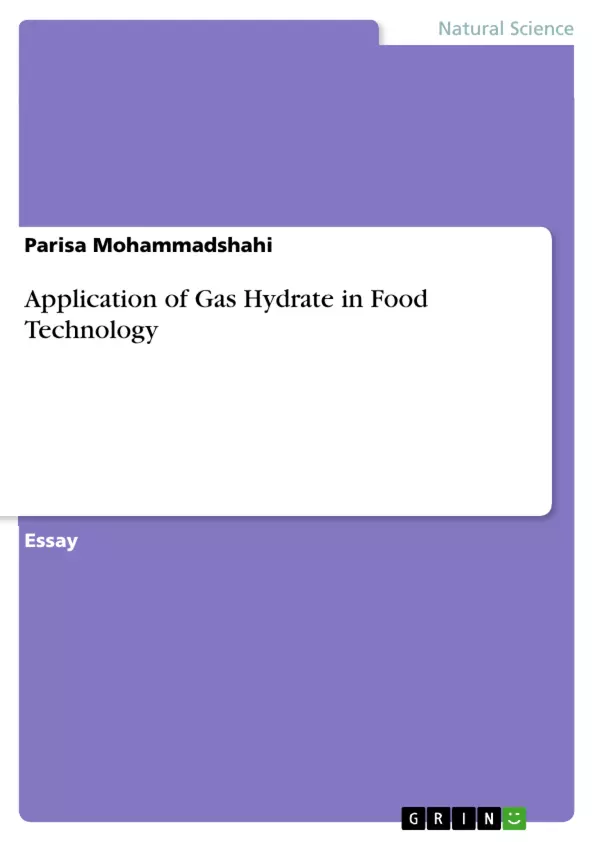This work provides an overview of various methods for determining the parameters that determine the quality of apple juice. Finally, organic apple juices showed higher concentrations of health-relevant such as vitamin C. Statistical methods and evaluations play an important role in the summary of the experiments and therefore they were also considered in this work.
A test plan was set up to examine two different apple juices. A conventional juice should be compared to an apple juice made with gas hydrates. Four different examination methods were chosen, which means that each sample should be measured at least 8 times and the results should be statistically evaluated. Apple juice with gas hydrates was suspected to be of better quality than conventional apple juice because it was not thermally treated.
Inhaltsverzeichnis (Table of Contents)
- Introduction
- Apple juice
- Methods of Quality Determination of Apple Juice
- Apple juice results with gas hydrates (predictions)
- Experiment planning
Zielsetzung und Themenschwerpunkte (Objectives and Key Themes)
The main objective of this work is to investigate the potential of gas hydrates in the production of apple juice by comparing its quality to conventional apple juice. The study aims to determine the quality of apple juice using four key parameters: color, vitamins, enzymes, and antioxidants. The research also explores the impact of time, temperature, and pressure on these quality parameters.
- Quality determination of apple juice using various parameters (color, vitamins, enzymes, and antioxidants)
- Exploring the potential of gas hydrates in apple juice production
- Comparing the quality of gas hydrate-treated apple juice to conventional apple juice
- Analyzing the influence of time, temperature, and pressure on apple juice quality
- Utilizing various methods for quality analysis, including HPLC, spectrophotometric determination, Reflectoquant System, and RPHPLC
Zusammenfassung der Kapitel (Chapter Summaries)
- Introduction: This chapter introduces the concept of gas hydrates in juice production and highlights the potential benefits of using gas hydrates for improving juice quality and reducing costs. It also discusses the importance of apple juice as a healthy beverage and its potential cancer-preventive properties.
- Apple juice: This chapter provides information about the production and consumption of apple juice, focusing on its nutritional value and the impact of different juice extraction methods on polyphenol content. It also discusses the importance of using ripe and healthy apples for optimal juice quality.
- Methods of Quality Determination of Apple Juice: This chapter outlines the different methods used to assess the quality of apple juice, including HPLC for vitamin analysis, spectrophotometric determination for color measurement, Reflectoquant System for enzyme analysis, and RPHPLC for antioxidant determination.
- Apple juice results with gas hydrates (predictions): This chapter presents predictions regarding the potential quality of apple juice produced with gas hydrates, drawing upon existing scientific research. It suggests that gas hydrate-treated apple juice may have higher vitamin C content compared to conventionally produced juice due to the absence of high-temperature processing.
- Experiment planning: This chapter outlines the experimental design for comparing the quality of gas hydrate-treated apple juice with conventional apple juice. It describes the specific parameters to be measured and the statistical evaluation methods to be used.
Schlüsselwörter (Keywords)
The main keywords and focus topics of this work include gas hydrates, apple juice, quality determination, vitamin analysis, antioxidant analysis, enzyme analysis, color measurement, HPLC, spectrophotometry, Reflectoquant System, RPHPLC, conventional apple juice, thermal treatment, non-thermal concentration, pressure, temperature, and statistical analysis.
- Quote paper
- Parisa Mohammadshahi (Author), 2019, Application of Gas Hydrate in Food Technology, Munich, GRIN Verlag, https://www.hausarbeiten.de/document/535305


